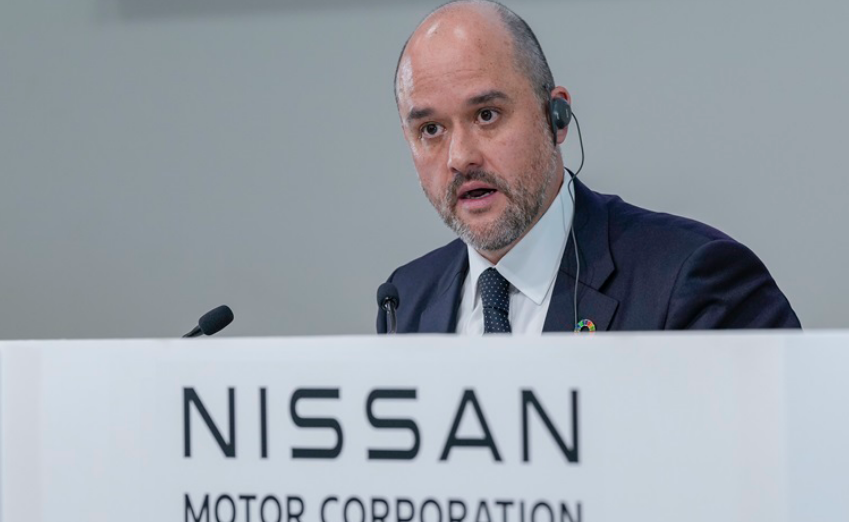On July 30, Nissan Motor Company announced that it is facing substantial losses due to the high costs associated with its turnaround plan and the tariff policies of the Trump administration in the U.S. The company forecasts an operating loss of 180 billion yen (approximately $1.2 billion) between April and September. In the first fiscal quarter ending June 30, Nissan reported an operating loss of 79.1 billion yen, which was better than analysts' average expectation of about 119 billion yen and also an improvement over Nissan's own forecast of a 200 billion yen loss. During the same period, Nissan's operating revenue was 2.7 trillion yen, a year-on-year decline of about 10%, with an operating profit margin dropping to -2.9%. Moreover, net profit fell from a profit of 28.6 billion yen in the same period last year to a net loss of 115.8 billion yen. Although the company has not disclosed earnings expectations for the fiscal year ending March 2026, analysts predict an annual loss of 234 billion yen. Despite a 27% drop in sales in the Chinese market and an 11% decline in Japan, Nissan's Chief Financial Officer, Jeremie Papin, maintained the global sales target of 3.25 million vehicles for the fiscal year. Tatsuo Yoshida, a senior automotive analyst at Bloomberg Industry Research, commented that improving product competitiveness and reshaping the brand is not an overnight process, noting that Nissan's performance indicates a lack of sufficient product strength, brand influence, and sales capability to achieve stable results in a challenging business environment. Under the leadership of new CEO Ivan Espinosa, Nissan's turnaround plan is currently being implemented, which includes significant streamlining of its global operations—aiming to cut 20,000 jobs and reduce production sites from 17 to 10. Espinosa stated at a briefing at Nissan's Yokohama headquarters that they have made significant progress; however, he also mentioned that the cost impacts of the turnaround plan will start to materialize in the current fiscal year. As part of this plan, Nissan will also integrate powertrain production and prepare to eventually export vehicles made in China to other markets. A key aspect of Espinosa's strategy is to control excess capacity. Earlier on July 30, Nissan announced plans to shift automotive production from its Civac plant in Mexico to the Aguascalientes plant by the end of the fiscal year. Additionally, as a central initiative of the restructuring plan, Nissan announced that its Tsuru plant in Japan will cease operations by March 2028, with production shifting to the Kyushu base. Espinosa has previously stated that there will be no further consolidation or reduction of other automotive production bases in Japan. Overall, Nissan aims to reduce its annual production from 3.5 million to 2.5 million vehicles. Despite a recent trade agreement between Japan and the U.S., which lowered the tariffs on Japanese imports to 15%, down from 25% for other countries, Nissan still faces challenges due to the Trump tariffs. The company currently expects tariffs to result in a loss of 300 billion yen, down from a previous estimate of 450 billion yen; however, Espinosa emphasized that due to the unclear timing and implementation details of the tariffs, this forecast remains uncertain. While the unexpected trade agreement provided some policy certainty for Japanese automakers, it is still insufficient to alleviate Nissan's financial difficulties. Espinosa remarked, 'We welcome the tax rate reduction, but the 15% rate still poses a significant challenge to corporate profitability.'
Nissan Faces Significant Losses Due to Cost Challenges and Tariff Policies

Share this post on: